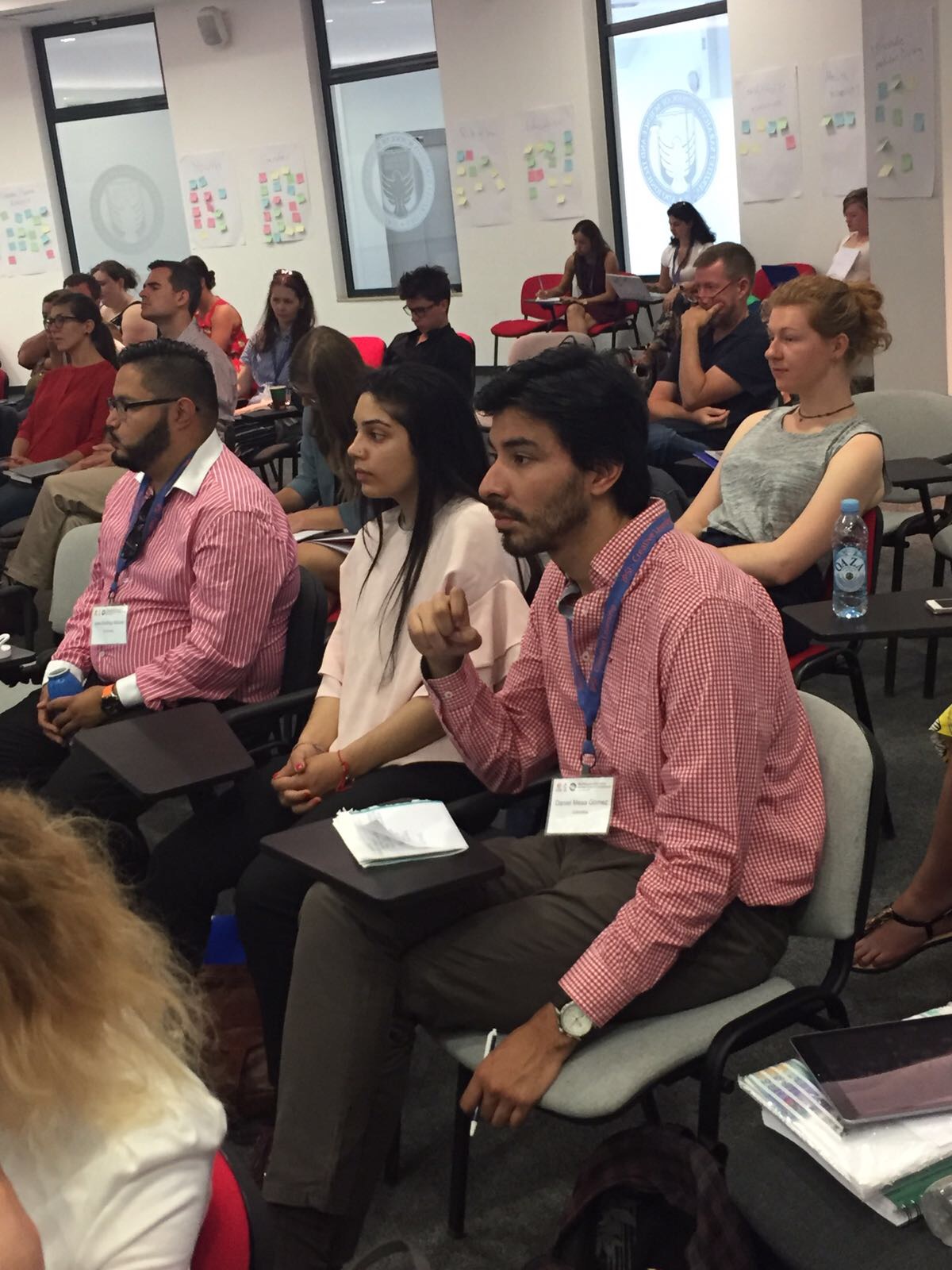by Daniel Mesa Gómez
Conflicts all around the world are composed of complex contexts and different actors. Solutions to such conflicts also need to be complex—involving series of negotiations and multiple implementation stages—and ideally lead to outcomes including ceasefires, a solution of greivances, institutional reforms, and an inclusion of systems designed to institute democratic policies and justice elements. In the most ideal of circumstances, complex conficts resolved with complex solutions finish with peace and reconciliation for all involved parties. Not all conflicts have the same causes and share the same elements, so there is no standarized formula or timeframe to address conflicts around the globe.
Peace processess share common goals, but these goals must be pursued at different stages during post-conflict transitions. Such efforts are necessary because the stages correlate between one another and as the process takes place some of the results in one area effect the work done in other areas.

For example: democratic elections cannot take place if there hasn’t been an effort to deescalate violent situations and strengthen existing institutions, refugees and displaced groups cannot return to their places of origin if security hasn’t been reestablished in these areas, and post-conflict reconstruction and aid cannot take place if there is no coordination between donor countries. Yet, we can take actions to obtain satisfactory results within the transition.
Firstly, it is necessary for governments, responsible institutions, and guarantors of the peace process to begin campaigns among the civilian population to educate them on what was agreed upon in peace agreements to ensure greater ownership of the implementation process. Secondly, it is necessary to create spaces in which the parties of the conflict can coexist, in order to guarantee a greater durability of the agreement—this is because if there is not early reconciliation of the victims and perpetrators, the process could be threatened by the hatred and grievances of the parties. Thirdly, it is fundamental to stipulate the type of transitional justice system will be observed, since agreements without justice can hardly last. Finally, it is necessary to set the rules and the parts that would be involved in a transitional government. Ideally, this would include the established government, representaion from other negotiating parties and, if necessary, the international community, so the transition process achieves legitimacy and the implementation of agreements would be smoother and longer lasting.
After having completed the first steps, all parties involved must comply with a series of objectives and commitments that will lead to fulfilling the peace agreement and establishing a stable and lasting peace. Among these objectives are the creation and strengthening of democratic institutions; the prosecution of perpetrators of war crimes and crimes against humanity; demobilization, disarmament, and reintegration of former combatants; and recognition of victims and their subsequent reparations. Although these are steps that must normally be followed in a peacebuilding process, they depend on the elements agreed in the negotiations, the willingness of the negotiating parties to carry them out, and the commitment of the international community to enforce what has been agreed upon.

